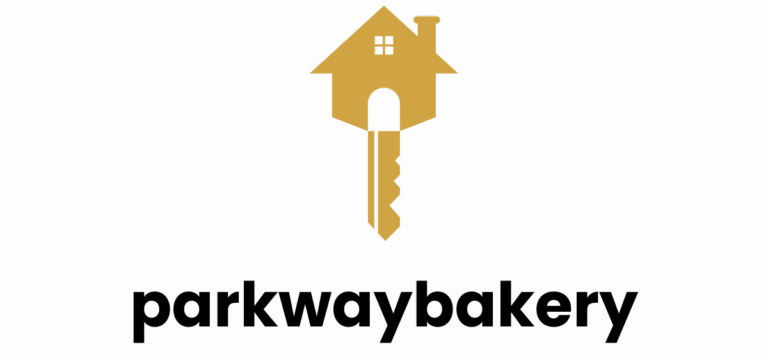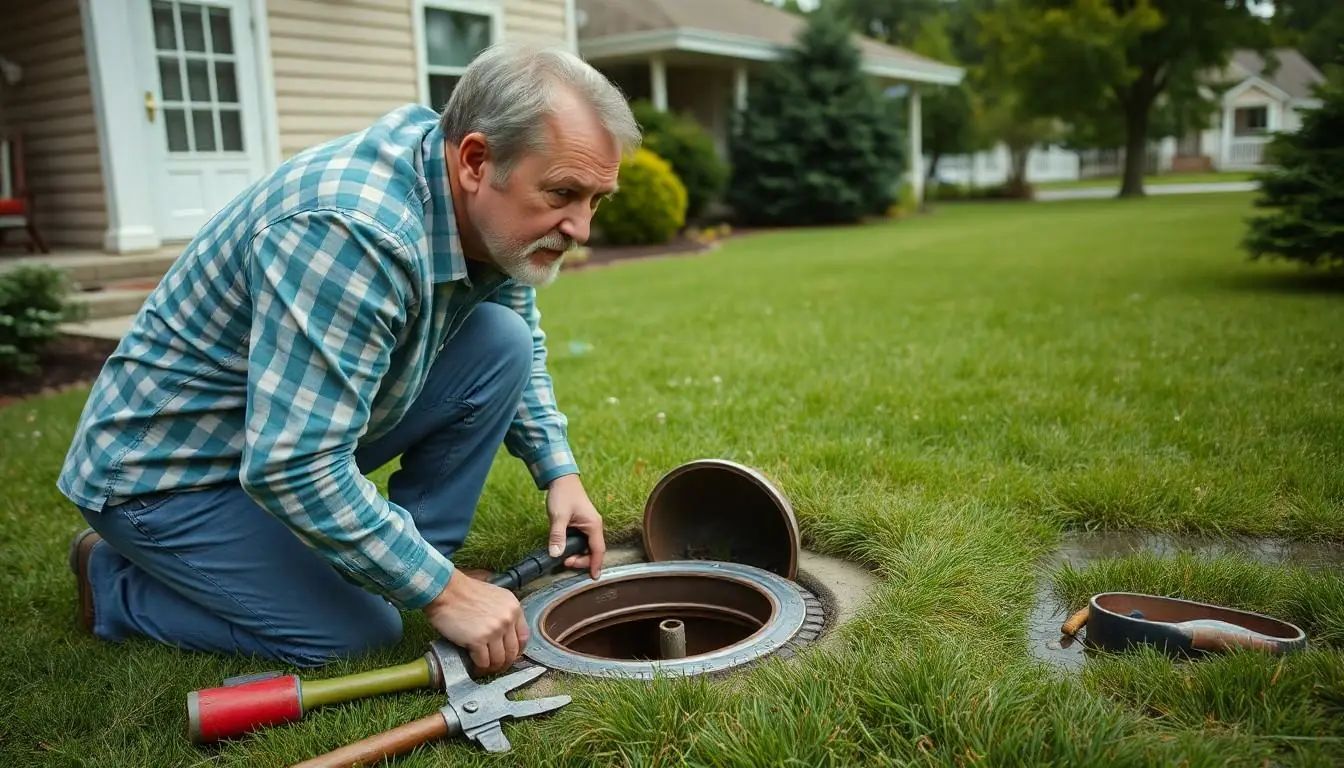Homeownership comes with its fair share of joys and headaches, and when it comes to sewer lines, the latter can hit hard. Imagine waking up to a gurgling sound that’s not the coffee pot but rather your plumbing throwing a tantrum. It’s enough to make anyone question their life choices, but before you panic, let’s tackle the big question: does homeowners insurance cover sewer line replacement?
Table of Contents
ToggleUnderstanding Homeowners Insurance
Homeowners insurance protects property owners against various risks. This coverage generally includes damage from disasters like fire, theft, and certain types of water damage. Each policy, however, defines its terms and limits, making it essential to understand what it specifically covers.
Many policies exclude certain types of water damage. Common exclusions involve sewer or drain backups, which can lead to significant repair costs. Homeowners must closely examine their policies for coverage details related to plumbing issues.
Coverage for sewer line replacement is often limited. Different insurers may offer optional endorsements that expand protection for sewer and drain backups. Based on the specific policy, additional premiums might apply for these enhancements.
Standard homeowners insurance often does not cover replacement costs for sewer lines. Damage resulting from normal wear and tear, tree roots, or line failures typically falls outside standard coverage. Knowing these details helps homeowners anticipate potential out-of-pocket expenses.
Advocating for transparency is important. Readers should engage with their insurance agents to clarify coverage limits. They can also inquire about the specific terms governing sewer line replacements. By doing this, homeowners can make informed decisions regarding their financial protection and identify any gaps in their coverage.
Consulting with a licensed insurance professional adds value. A professional can provide insight into policy modifications that could be beneficial. Awareness of these elements ensures that homeowners are prepared for unexpected plumbing issues.
Coverage Scope of Homeowners Insurance

Homeowners insurance offers protection for various risks, but coverage specifics can vary significantly. Understanding what damages are covered and what exclusions apply is crucial for homeowners.
Types of Damages Covered
Standard homeowners insurance covers damages from certain disasters like fire and theft, including some types of water damage. Sudden and accidental events, such as burst pipes or significant flooding from storms, often fall under this coverage. For instance, if a sewer line experiences catastrophic failure due to external threats, coverage may apply. Water damage from sudden incidents might receive compensation as part of a standard policy. Policyholders must verify the nuances within their terms to comprehend what types of damage are included effectively.
Exclusions in Sewer Line Coverage
Specific exclusions often limit sewer line coverage. Normal wear and tear generally isn’t covered, leaving homeowners responsible for repairs due to aging pipes. Damage caused by tree roots typically falls outside the scope of standard policies, as does damage from backups unless additional coverage is obtained. Homeowners may face challenges related to aging infrastructure and environmental factors. Insurers commonly exclude damage from neglect or failure to maintain the plumbing system as a key element in coverage determinations. Reviewing policies carefully with an insurance agent can clarify these exclusions.
Sewer Line Replacement: What to Know
Understanding sewer line replacement can help homeowners anticipate potential costs and damages. Few issues can disrupt home life more than a failing sewer line.
Common Causes of Sewer Line Damage
Tree roots frequently invade sewer lines, breaking through joints and leading to blockages. Corrosion often occurs in older pipes, creating leaks that worsen over time. Ground shifts, such as settling or seismic activity, can also misalign or break pipes. Furthermore, improper disposal of items like grease or non-flushable products leads to significant clogs. Homeowners should assess these risks to address preventable damage.
Signs You May Need a Replacement
Several indicators signal that a sewer line replacement might be necessary. Foul odors from drains or basement areas often suggest a malfunctioning sewer line. Unexplained wet spots in the yard can also indicate a leak, while frequent backups in toilets or sinks point to more serious issues. Additionally, slow drainage across multiple fixtures suggests a systemic problem within the sewer line. Homeowners should act quickly when noticing these signs to mitigate further damage.
Filing a Claim for Sewer Line Replacement
Filing a claim for sewer line replacement involves a few crucial steps. First, homeowners should assess the situation and identify the issue affecting the sewer line. They must determine whether the damage resulted from a covered event as outlined in their policy.
Steps to Take After a Sewer Line Issue
Contacting a plumber is critical once homeowners notice signs of a sewer line problem. Calling a professional helps identify and confirm the nature of the damage. After the assessment, homeowners should document any observable symptoms of the issue, such as water pooling or increased sewage odors. Gathering all relevant information aids in detailing the claim later. Homeowners must also inform their insurance company about the problem promptly, as many policies require immediate reporting for coverage to apply.
Documentation Needed for the Claim
Documentation plays a vital role in filing the claim successfully. Homeowners should collect all repair invoices, photographs of the damage, and the plumber’s report detailing the cause and extent of the sewer line issue. Insurance companies typically require this information to process claims efficiently. Also, policies may ask for proof of regular maintenance conducted on the plumbing system. Having a comprehensive record improves the chances of a favorable outcome.
Understanding homeowners insurance coverage for sewer line replacement is crucial for every property owner. Many standard policies don’t cover repairs related to wear and tear or specific water damage incidents. Homeowners should proactively review their insurance policies to identify exclusions and potential gaps in coverage. Engaging with insurance agents can provide clarity and help tailor policies to better suit individual needs.
Being aware of the signs of sewer line issues and acting quickly can prevent costly repairs down the line. Proper documentation and timely communication with insurance companies are key to navigating the claims process effectively. By staying informed and prepared, homeowners can protect their investments and ensure they have the necessary coverage for unexpected plumbing challenges.







